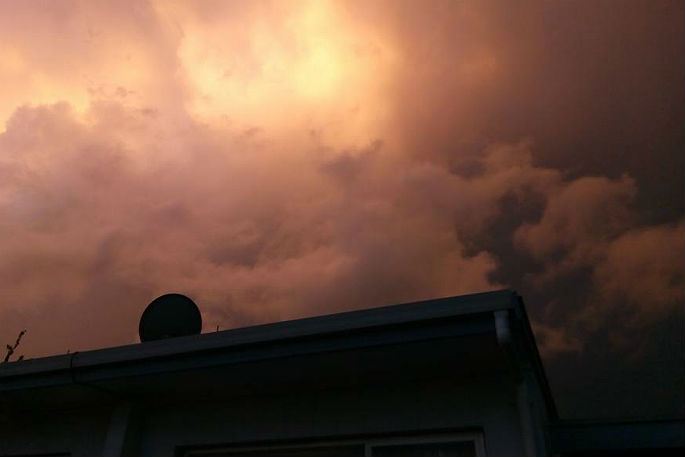When the thunderstorm icon appears in a forecast people expect thunder - but we don't always get them. Why is that?
The current thunderstorm risk for NZ is due to two lows book-ending NZ and encouraging milder airflows, says WeatherWatch.co.nz
"When coupled with daytime heating thunderstorms can form, along with heavy downpours," says a spokesperson for the weather organisation.
"Put simply, large parts of NZ have moderate to high risks for thunderstorms - but it's worth noting that storms form when air converges (like lanes of busy traffic meeting at a big intersection).
"Eventually these converging airflows push the clouds up - and this often happens over the hills and ranges and inland parts of the country.
"Once this happens a thunderstorm can form ...and the dominating breeze will guide those downpours usually in one direction until they eventually fall apart."
So the risk can be quite widespread - but in reality the energy to make thunder eventually gets pushed into one very narrow area, says WeatherWatch.
"This is why you can have a thunderstorm icon in your local forecast but you may have no rain and no thunder all day long.
"But the risk is certainly there - and it may be just a gentle sea breeze that keeps your property sunny and dry, but the following day you may get a thunderstorm when that same breeze isn't around.
"If thunderstorms matter to you - if you need to know the forecast in detail - then never just rely on the basic forecast," says the weather organisation.
"You need to drill down deeper to understand possibilities, risks and other weather features (or geographical ones) that might stop your place from getting a downpour or thunderstorm."
To know more about what is happening with thunderstorms in NZ, check out the links below:
- RISK AREAS FOR LIGHTNING: Showing highest and lowest risk areas: https://www.weatherwatch.co.nz/maps-radars/lightning/thunderstorm-risk
- OFFICIAL METSERVICE THUNDERSTORM OUTLOOK: https://www.weatherwatch.co.nz/maps-radars/lightning/thunderstorm-outlook
- LIVE LIGHTNING TRACKER: https://www.weatherwatch.co.nz/maps-radars/lightning/blitzortung
- LIVE RAIN RADAR: (Best way to track the downpours - and watching this will make sense to you as to why you may be missing out on downpours, or getting stuck under one!) https://www.weatherwatch.co.nz/maps-radars/radar/rain-radar-realtime
"The more you understand about the risks the less disappointment or frustration you will have in your daily local forecast."



0 comments
Leave a Comment
You must be logged in to make a comment.